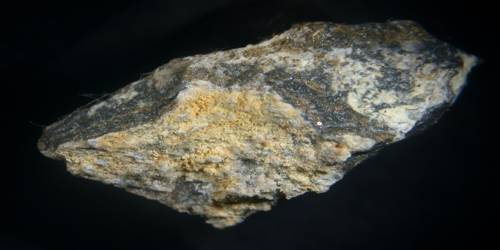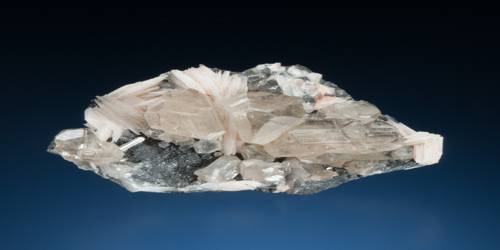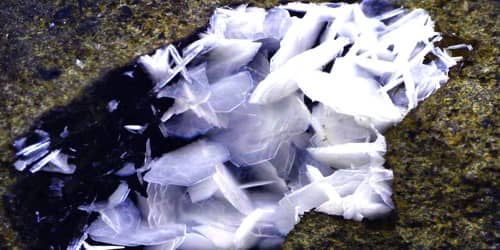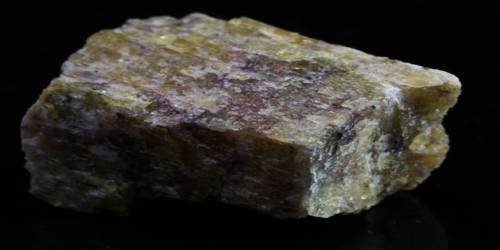Bicchulite has an ideal chemical formula of 2CaO •Al2O3•SiO2•H2O, which was formularized from the hydrothermal synthesis of synthetic gehlenite (2CaO •Al2O3•SiO2). Also, it was sighted in the mines of Japan with related minerals. This sodalite-type structured has an uncommon ratio of aluminum to silicon, causing difficulties deciphering the structure.
Because of bicchulite’s structure, it has a powdery texture, which leads to complications in obtaining information on the mineral’s physical properties. Despite this problem, the color, specific gravity, and crystal size of bicchulite are known. Although bicchulite was only discovered about 40 years ago, technology has been rapidly advancing, allowing more accurate results to be made from experiments done today.
General Information
- Category: Silicate mineral
- Formula: Ca2(Al2SiO6)(OH)2
- Crystal system: Cubic
- Crystal class: Hextetrahedral (43m).
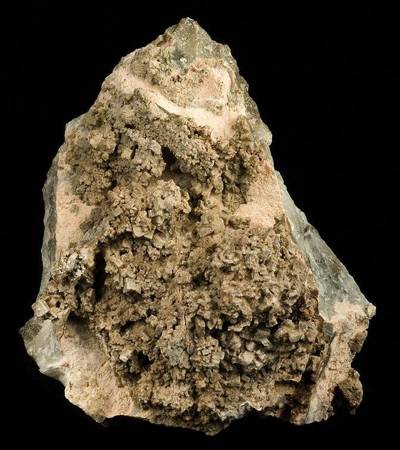
Properties
- Color: White or grey, colorless in thin sections
- Cleavage: Indistinct
- Mohs scale hardness: 2.5
- Luster: Earthy, powdery
- Streak: White
- Diaphaneity: Semitransparent
- Specific gravity: 2.813 (synthetic)
Geological occurrence
Bicchulite is the natural analogue of gehlenite hydrate, therefore gehlenite can decompose into bicchulite, or the processes can be reversed by using hydrothermal methods to turn bicchulite back into gehlenite. In skarns in limestones, formed through alteration of gehlenite subjected to later retrograde hydration reactions.
Additionally, It can be formed during the cooling episode of contact metamorphism, where the rock’s texture is changed because of exposure to pressure and extreme temperatures from magma, or by metasomatism, which alters the rock chemically by hydrothermal fluids. Bicchulite occurs with vesuvianite (with or without hydrogrossular), gehlenite, and calcite. Furthermore, the bicchulite from the Akagane mine in Iwate Prefecture, Japan contains xanthophyllite and vesuvianite. Bicchulite not only occurs in skarns in the town Bicchu but also skarns at Carneal, Northern Ireland.
Information Source:
